Boone hall, Charleston, South Carolina
Steven Dutch, Professor Emeritus, Natural and Applied Sciences, University
of Wisconsin - Green Bay
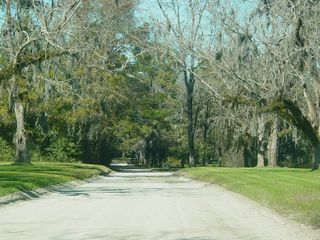 |
On her first trip to the Deep South, someone who shall remain
nameless but whose initials are "my wife" expressed a desire to visit a
real plantation. After visiting a couple, and eliciting scant interest, I was puzzled as to what she really wanted to see. |
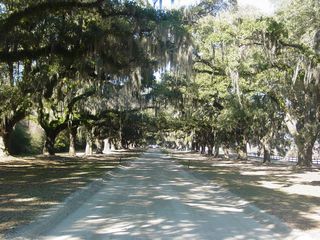 |
Then we visited Boone hall, outside Charleston, South Carolina. "Now
this is what I meant by a plantation!" she exclaimed. "No," said I, "what you meant by 'a plantation' was 'a road lined with live oaks and Spanish moss.'" Well, Boone hall's got it. These oaks were planted in 1843 (or 1743, depending on your source. The diameter seems a bit small for the earlier date). The plantation has been worked continuously for over 300 years, since at least 1681. |
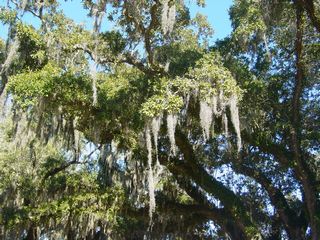 |
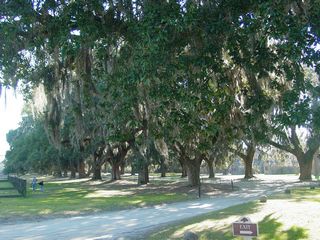 |
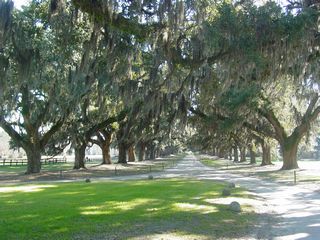 |
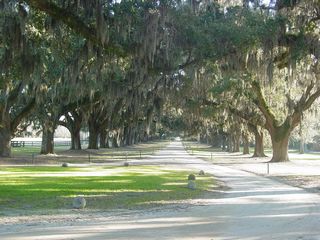 |
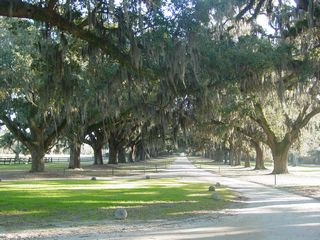 |
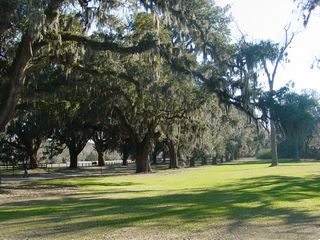 |
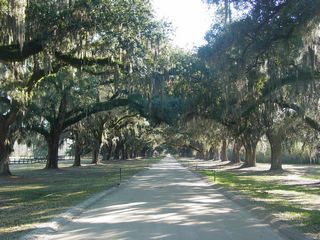 |
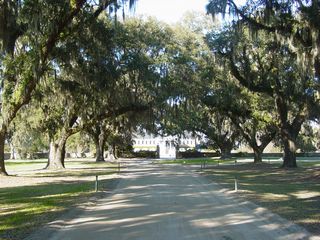 |
Slave Row
Boone hallhas one of the best preserved row of slave cabins in the U.S.
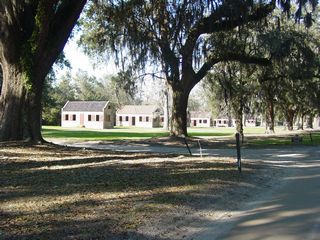 |
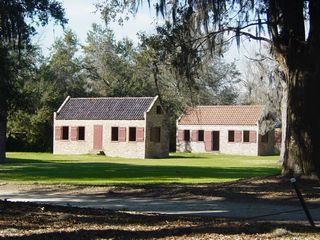 |
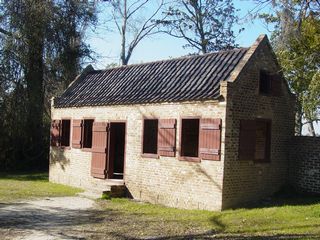 |
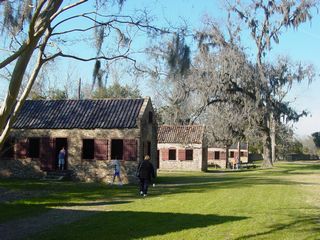 |
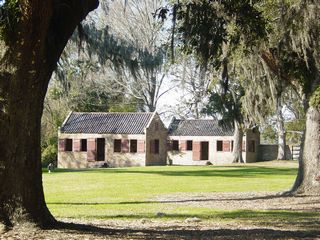 |
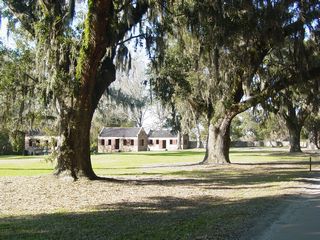 |
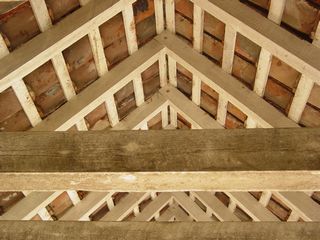 |
|
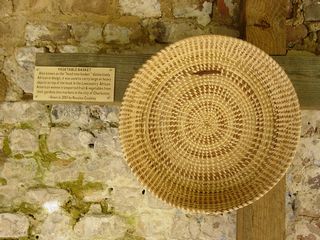 |
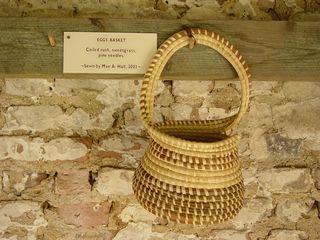 |
Boone hallMansion
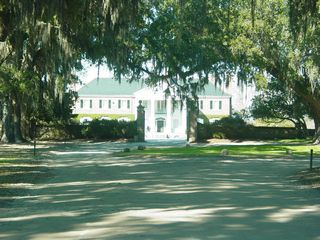 |
The mansion itself isn't extremely old, dating back only to 1935. It's the fourth house on the site. |
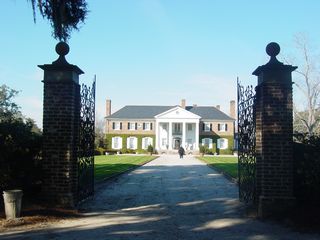 |
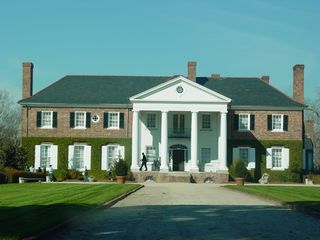 |
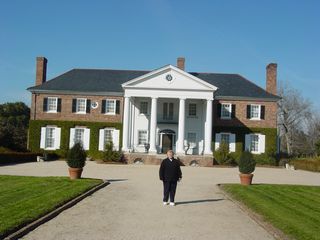 |
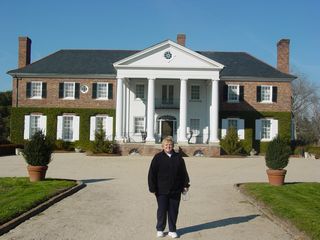 |
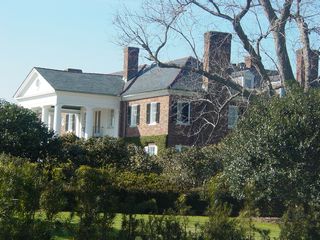 |
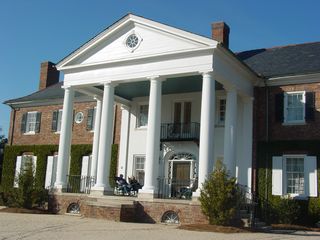 |
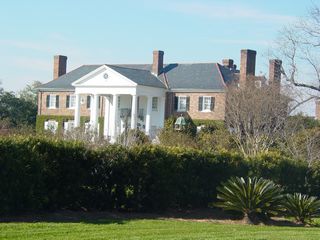 |
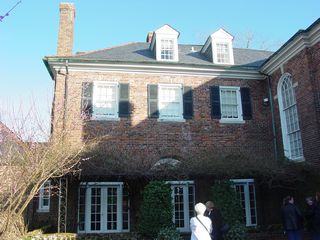 |
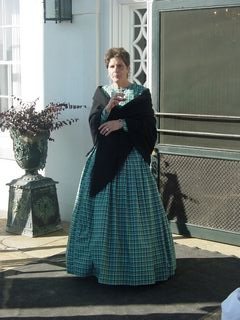 |
On the Grounds
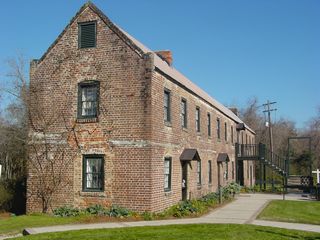 |
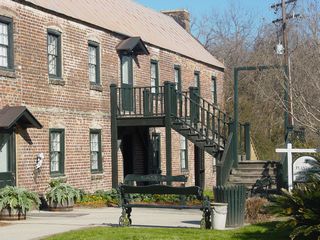 |
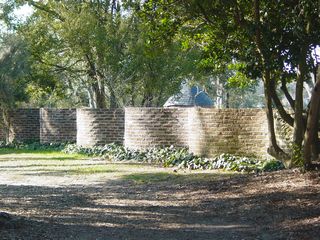 |
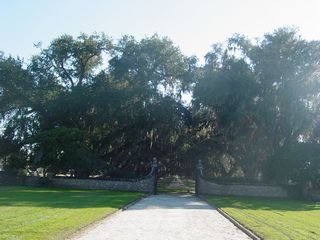 |
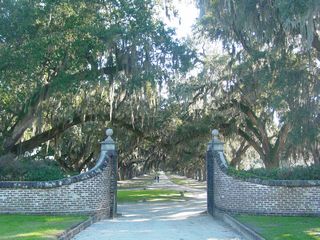 |
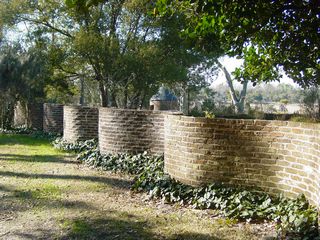 |
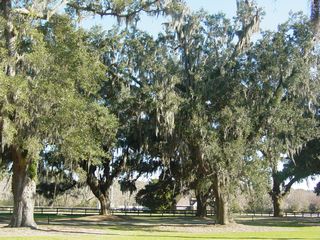 |
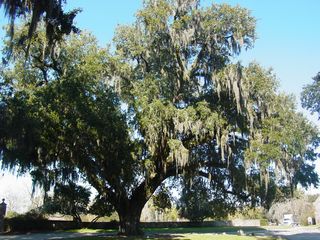 |
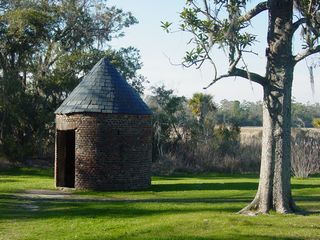 |
 |
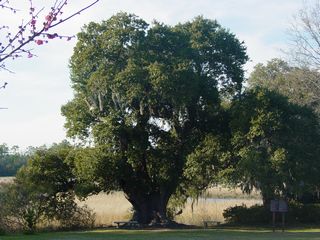 |
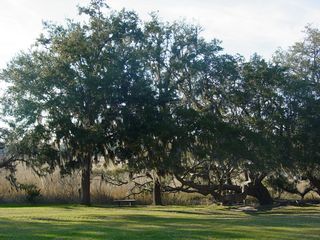 |
 |
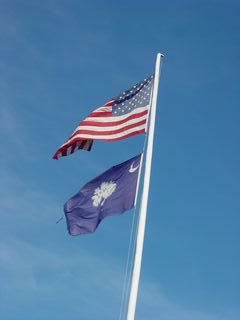 |
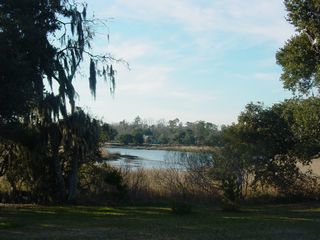 |
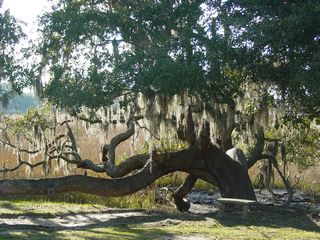 |
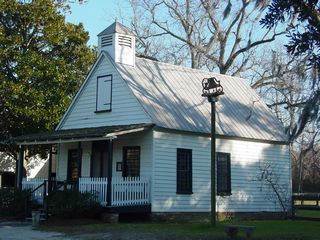 |
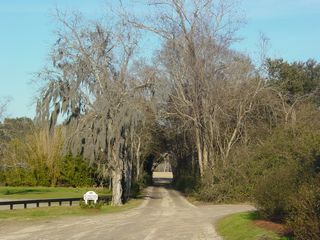 |
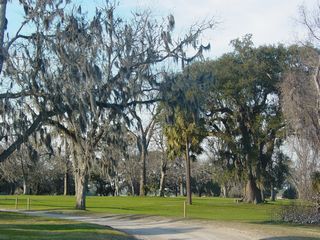 |
Spanish Moss
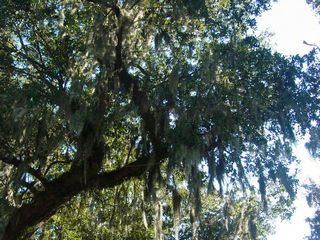 |
Not Spanish, not a moss, and not a parasite. It's an epiphyte,
a plant that grows on another plant. It's a flowering plant that does no
harm to its host. It would make great cushion stuffing, too, except that manufacturers who tried soon found themselves dealing with angry customers complaining about the pests it harbors. |
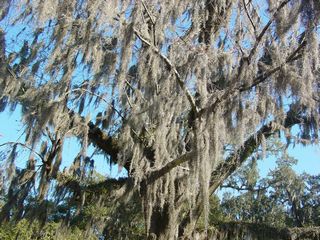 |
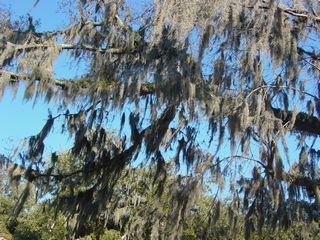 |
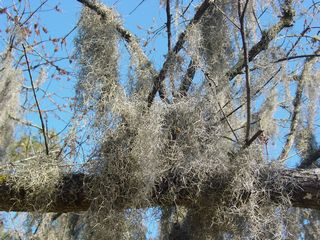 |
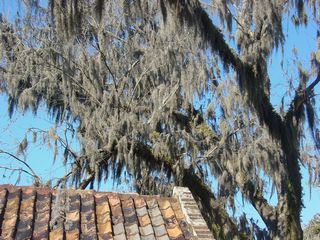 |
Cotton
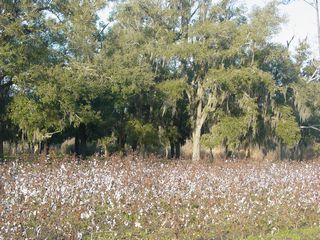 |
I was surprised to see a State inspection sticker on this small exhibition plot of cotton, but cotton plantings are tightly regulated to keep the dread boll weevil in check. |
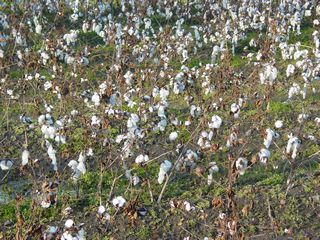 |
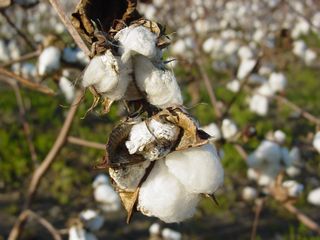 |
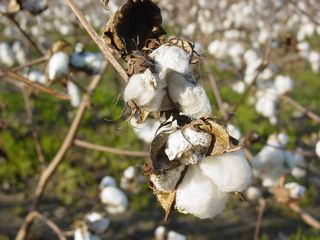 |
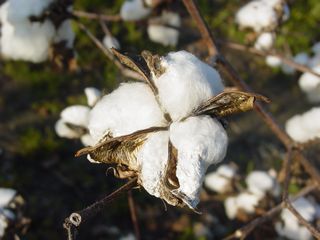 |
The Cotton Dock
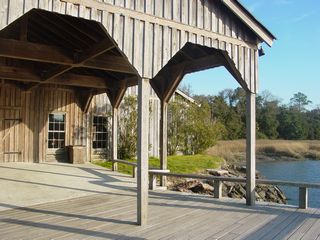 |
A tidal creek runs past the grounds and furnished water transportation. |
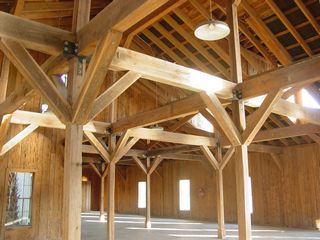 |
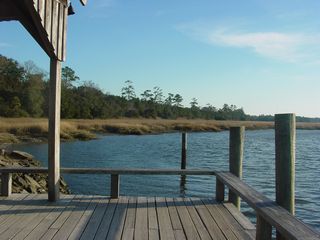 |
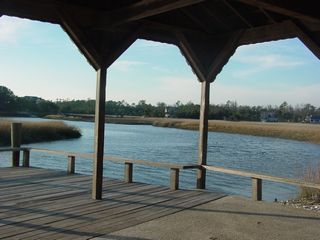 |
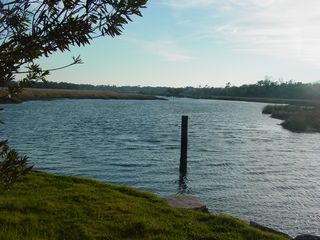 |
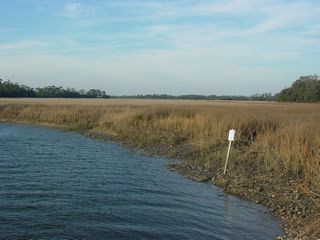 |
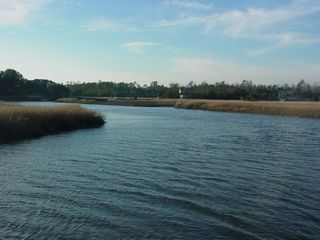 |
Return to Historic Sites Index
Return to Professor Dutch's Home Page
Created 22 June 2007, Last Update 03 June 2020